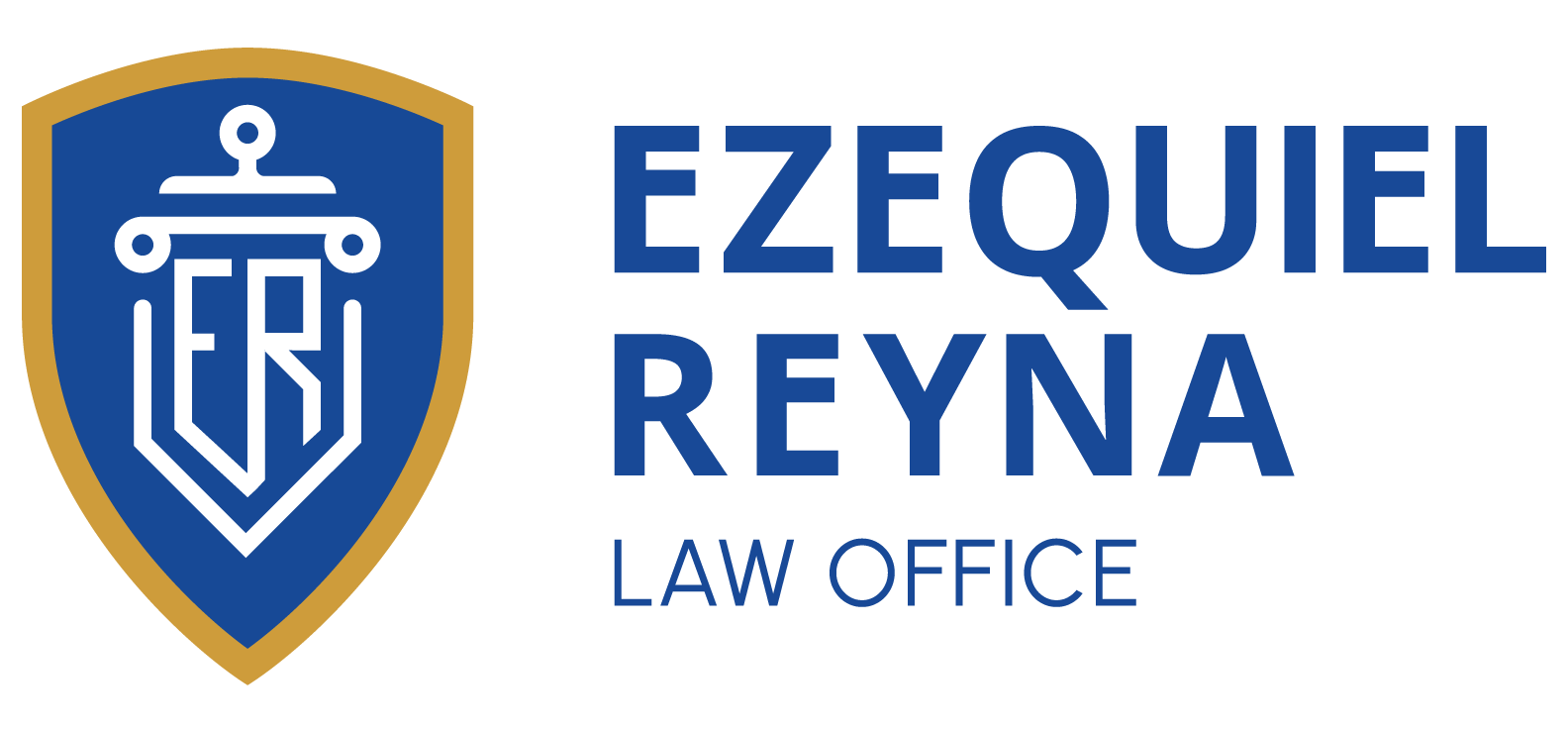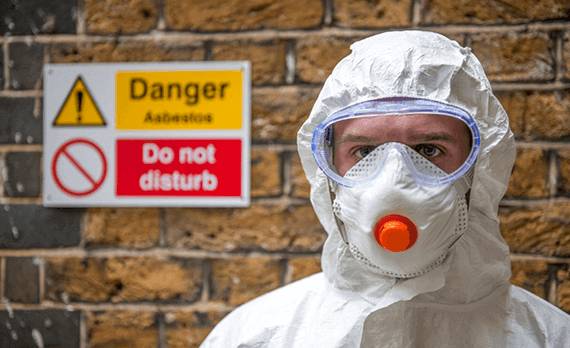Getting a cancer diagnosis is one of the most unwanted, life altering events that could ever happen to you. The emotional trauma of cycling through the stages of grief coupled with the emotional and financial stress of medical treatments is simply all too overwhelming. Please know our hearts truly go out to you and your family and what you’ve been through.
Asbestos Exposure
Mesothelioma is a cancer that forms in the lining of the lungs, abdomen, or heart, known as the mesothelium. The vast majority of mesothelioma cases are caused by breathing in asbestos fibers. However, one of the strangest things about a mesothelioma diagnosis is feeling like you have no idea when or where you could’ve been exposed to asbestos. Many people are not aware that asbestos is so dangerous that even small amounts of exposure, including so-called “second hand exposure,” can lead to mesothelioma. Simply living with someone who works mining asbestos, producing asbestos products, or even working in a building that contains asbestos, can put you at risk for exposure. This unfortunately leads to many people being diagnosed in a later stage of cancer.
High Risk Exposure to Asbestos
Certain people are indeed at a higher risk of exposure to asbestos. For example, U.S. Navy Veterans and construction workers are at much higher risk of toxic exposure due to their work environments. This does not necessarily mean though that these workers are diagnosed early. Often, people are unaware of the signs of mesothelioma.
Types and Symptoms of Mesothelioma
One of the main reasons people are not able to detect mesothelioma early is because the symptoms are often attributed to other illnesses or ignored as minor, temporary issues. Adding to the complexity, mesothelioma symptoms present differently depending on the location of the tumor.
Pleural mesothelioma is the most common type, representing up to 75% of all cases. It develops in the lining around the lung, and its symptoms include:
- Pain located in the sides of the chest or lower back
- Shortness of breath
- Cough
- Difficulty swallowing
- Facial swelling
Peritoneal mesothelioma is the second most common type, with roughly 20% of all cases. It forms in the tissue lining the abdominal organs, and its symptoms include:
- Abdominal pain
- Abdominal swelling
- Bloating
- Loss of appetite
- Constipation, nausea, and vomiting
Pericardial mesothelioma is the rarest type, accounting for only 1% of all cases. Pericardial mesothelioma affects the tissue lining of the heart and is often mistaken for heart disease, and its symptoms include:
- Chest pain
- Heart murmurs
- Heart palpitations or arrhythmia (irregular heartbeat)
- Difficulty breathing or shortness of breath
Common General Mesothelioma Symptoms:
- Fever
- Excessive sweating
- Fatigue
- Weight loss (without trying)
- Blood clots
- Loss of appetite
- Agitation
While there are more potential asbestos exposure symptoms, they often evade detection for years causing expensive, and exhausting medical treatments such as surgery, radiation and chemotherapy. What makes things worse, however, is that the dangers of asbestos exposure have been known since at least the 1940s, yet workers and military personnel were not sufficiently warned or protected.
Corporations and the Military Have Known Asbestos Exposure Causes Mesothelioma for Decades
Evidence that exposure to asbestos was leading to asbestosis was known as early as 1930 in the scientific community and to government bodies. Over the next few decades, the evidence would continue to mount, but both corporations and the U.S. Military, particularly the U.S. Navy, would continue to ignore it.
By the 1970s, the link between asbestos and mesothelioma was undeniable, yet the U.S. Navy continued to use “asbestos-containing materials” on its ships, exposing thousands of seamen to asbestos daily. The clear scientific evidence did not stop the U.S. military from using asbestos in nearly every branch. It did not stop companies from using asbestos when manufacturing their products or in construction projects. Nothing would change permanently until 1990. Due to the years of negligence and ignoring of scientific evidence, countless U.S. workers and U.S. Veterans were exposed to asbestos, suffering life-altering and often fatal consequences.
Who can File a Mesothelioma Claim?
Anyone who has been exposed to asbestos and diagnosed with any type of mesothelioma is eligible to file a claim. Additionally, family members of loved ones who passed away due to mesothelioma may also file a claim. Speaking directly with an attorney will help determine your eligibility to bring a claim for compensation.
Types of Mesothelioma Claims
Claimants have several options regarding the type of claim they can file depending on whether they are the victim of asbestos exposure or the family member of a deceased victim. If you were diagnosed with an asbestos-related medical condition, you may be eligible to file a personal injury lawsuit and/or a trust fund claim. It is critical to remember that there are strict deadlines that limit your ability to file a claim to two years from the date of your diagnosis. Family members may be eligible to file a wrongful death lawsuit, which must be filed no later than two years from the date of death. The best way to determine eligibility and make sure the applicable statute of limitations has not passed is to speak with an attorney directly.
Why Hire a Mesothelioma and Asbestos Attorney?
If you’ve been diagnosed with mesothelioma, the odds are quite high you were exposed to asbestos even if you are unaware of when or how. It is important to have an attorney investigate your situation and advise you of the best course of action. A mesothelioma attorney will help you pursue the maximum allowable compensation for lost wages, pain and suffering, medical treatments, and other related costs.










